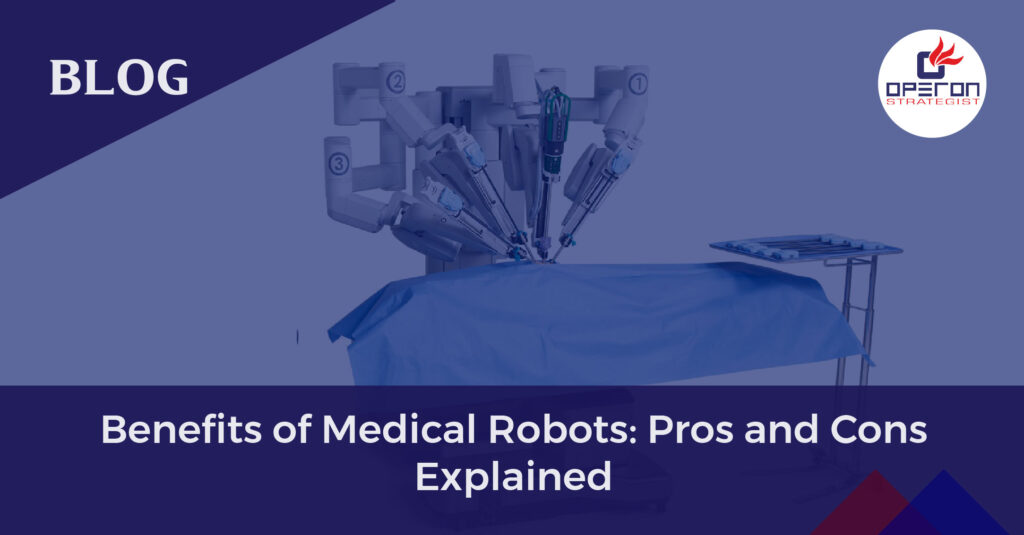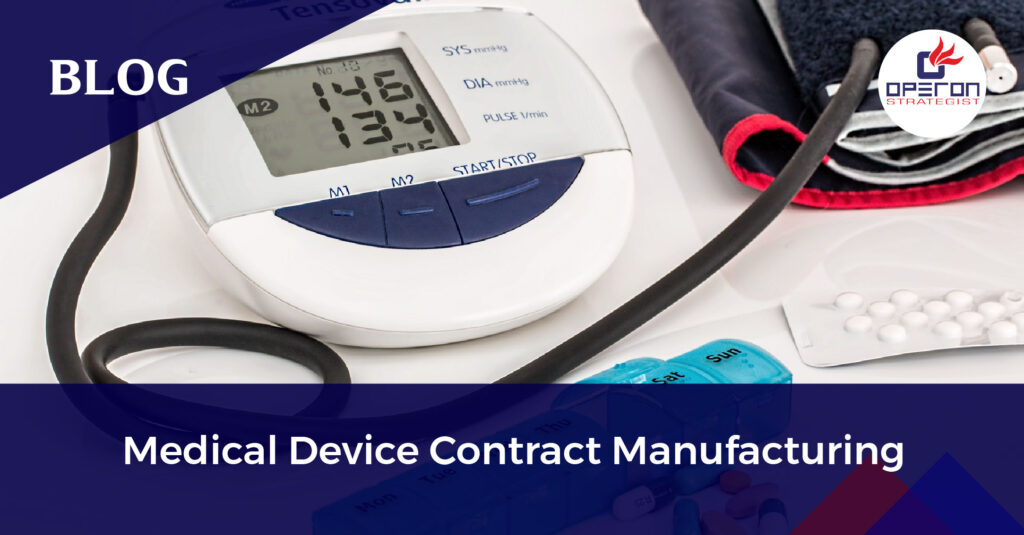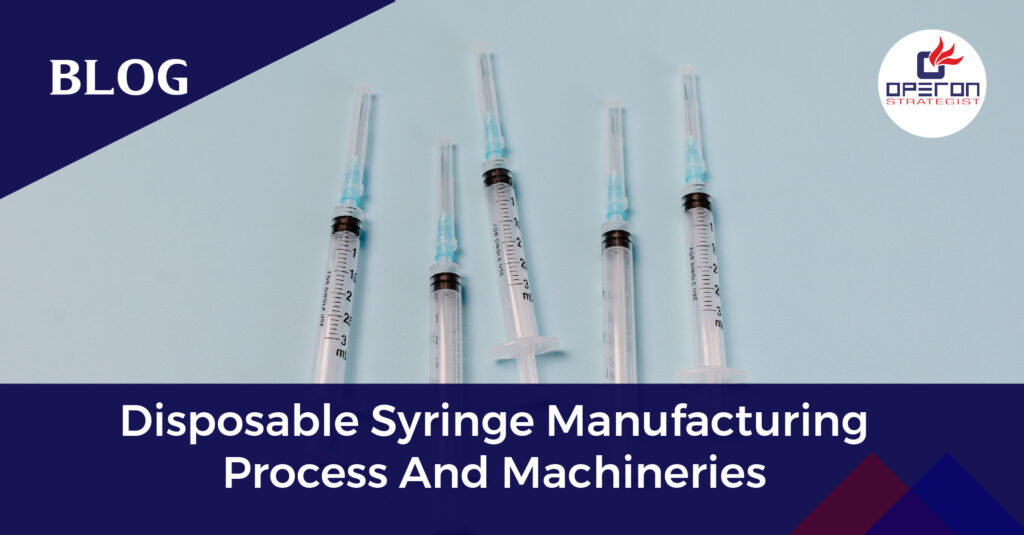Introduction to Medical Robots in Healthcare
Robots have been used in various applications throughout history, including construction, manufacturing, and military operations. However, their use in medicine is relatively new. The medical field is constantly evolving with new technologies and techniques being introduced every day. The use of robots in surgery has become commonplace in recent years due to the benefits they provide both patients and doctors alike.
Read here our blog for CDSCO Classification for Medical Devices
Looking for Medical Device Regulatory Consultation?
Here, we provide consultations for your queries.
Use of Medical Robots in Healthcare
Robots are changing the way we approach routine surgeries like laparoscopic procedures, which take less time than traditional open abdominal surgeries. Because of their ability to move around autonomously without the assistance of a human operator, they also provide greater precision for operating on small structures within the body (such as an endoscope). This means that surgeons can concentrate on treating their patients rather than figuring out how to do their work correctly — which means better outcomes for everyone!
Medical robots are created primarily to support surgeons during operations or procedures carried out on patients who require assistance in recuperating from an illness or accident. The majority of individuals spend their free time at home or at educational facilities, where these machines can be utilized to carry out basic activities like cleaning the floors or windows (i.e., after hours).
Regulations of Medical Robots
There are many different types of medical robots available on the market today, ranging from autonomous systems that move around independently to more traditional robotic devices that are controlled remotely by a human operator. But no matter what type of robot you use, it is important that it meets strict regulatory standards so that it can be used safely in clinics and hospitals across the country.
The process for regulating medical robots is fairly straightforward and simple. Once your device has been approved by the Food and Drug Administration (FDA), it will need to be registered with the National Institute for Standards and Technology (NIST). Once this registration process has been completed, you will then need to submit an application to NIST requesting approval for your particular model of the robot.
Once NIST gets word about your new device they will send out an inspector who will examine it thoroughly before granting them permission to use it.
What Are the Most Common Types of Robots in Healthcare?
Robotics in healthcare and medicine has progressed far beyond its humble beginnings in the operating room more than 30 years ago. Today, robots can be found assisting in a number of medical areas:
- Surgical robots / robot-assisted surgery
- Robotics for radiotherapy
- Rehabilitation robots
- Laboratory robots
- Robotic prosthetics
- Hospital robots
- Social robots
Benefits of Robotics in Healthcare
Using robotics in the medical field enables a high level of patient care, efficient processes in clinical settings, and a safe environment for patients and healthcare workers.
- High-Quality Patient Care
Medical robots can help with minimally invasive procedures, personalized and frequent monitoring for patients with chronic diseases, intelligent therapeutics, and social engagement for the elderly. Furthermore, as robots reduce workloads, nurses and other carers can provide patients with more empathy and human interaction, promoting long-term well-being.
- Streamlined Clinical Workflows
Autonomous mobile robots (AMRs) reduce physical demands on human workers while also ensuring more consistent processes. These robots can help address staffing shortages and challenges by tracking inventory and placing timely orders to ensure supplies, equipment, and medication are available where they are needed. Disinfection and cleaning AMRs allow hospital rooms to be quickly sanitized and ready for new patients, allowing workers to focus on patient-centered, value-driven work.
- Safe Work Environment
AMRs are used to transport supplies and linens in hospitals where pathogen exposure is a risk to help keep healthcare workers safe. Cleaning and disinfection robots help reduce hospital-acquired infections (HAIs) while limiting pathogen exposure—and hundreds of healthcare facilities are already using them1. AMR social robots also assist with heavy liftings, such as moving beds or patients, reducing physical strain on healthcare workers.
What are the Advantages of Medical Robots?
- In healthcare facilities, robots are used in a variety of settings. They have an indirect or direct impact on the patient’s lives. They even take care of elderly and disabled patients and engage them in conversation so that they do not suffer from pain or boredom. Along with that, there are numerous advantages of medical robots.
- The major advantages of medical robots are that the surgeries carried out with the help of robots are more smooth and without errors. Even the success rate of the surgery is higher.
- Furthermore, robots work precisely within the parameters of time and work assigned to them which is another key advantage of medical robots.
- Medical robots have significantly reduced the risk of infection in hospitals by minimizing the need for human contact with patients. With their precise and automated movements, medical robots can perform procedures with minimal invasiveness, thereby reducing the likelihood of infection transmission.
- Other benefits of medical robots include proper monitoring services of patients, flawless performance, not wasting time, and many more.
What are the Disadvantages of Medical Robots?
- Every coin has two sides. While there are innumerable benefits of employing robots to run errands in healthcare, there are chances of errors and failures. There is always some scope for human error or mechanical failure with these advanced robots.
- A single mechanical malfunction can cost human lives. In the case of surgical robots, small risks of infection and bleeding can’t be neglected. There are many disadvantages of robots in healthcare.
- The major disadvantage of medical robots is the cost. The use of surgical robots is limited to developed countries, research centers, and advanced hospitals.
- Similarly to patients, in some cases, it is out of their reach to afford robotic surgeries.
- Also, the healthcare provider needs to invest a lot of money and time to train the workforce to handle robots; besides, their lifetime maintenance cost is another problematic factor.
- Another disadvantage of robots in healthcare is that they may take place of people and lead to unemployment.
The Future of Robotics and Healthcare
Health robotics will continue to evolve as machine learning, data analytics, computer vision, and other technologies advance. Robots of all kinds will continue to evolve in order to perform tasks autonomously, efficiently, and precisely.
Intel is exploring the next generation of robotics solutions in collaboration with technology providers and researchers. Intel Labs China, for example, is collaborating with the Suzhou Collaborative Innovation Medical Robot Research Institute to establish a medical robotics incubator for startups. Intel is assisting in the discovery of new applications for AI and IoT technologies in the field of medical robotics by providing technology and research support. These contributions help to fund ongoing innovations that increase automation, drive efficiencies, and address some of the most pressing healthcare issues.
How Do We Assist Manufacturers/Importers With Combination Products Registration in India?
Preparing regulatory documents is a time-consuming and precise process. Before placing the product in India, an importer/manufacturer is already involved in numerous business elements. If a single mistake is made, it might result in a complete delay in the company plan, financial planning concerns, and supply chain disruption.
Enlist expert guidance to register your combination products.
Our dedicated and experienced team of professionals assists you in the creation and submission of technical files, provides training and guidance on the implementation of the Quality Management system, and device design documentation to speed up your regulatory process. Avail of our cost-effective services to save your time and money. Contact our experts today and discuss your requirements.

-
Operon Strategisthttps://operonstrategist.com/author/snehal/
-
Operon Strategisthttps://operonstrategist.com/author/snehal/
-
Operon Strategisthttps://operonstrategist.com/author/snehal/
-
Operon Strategisthttps://operonstrategist.com/author/snehal/




